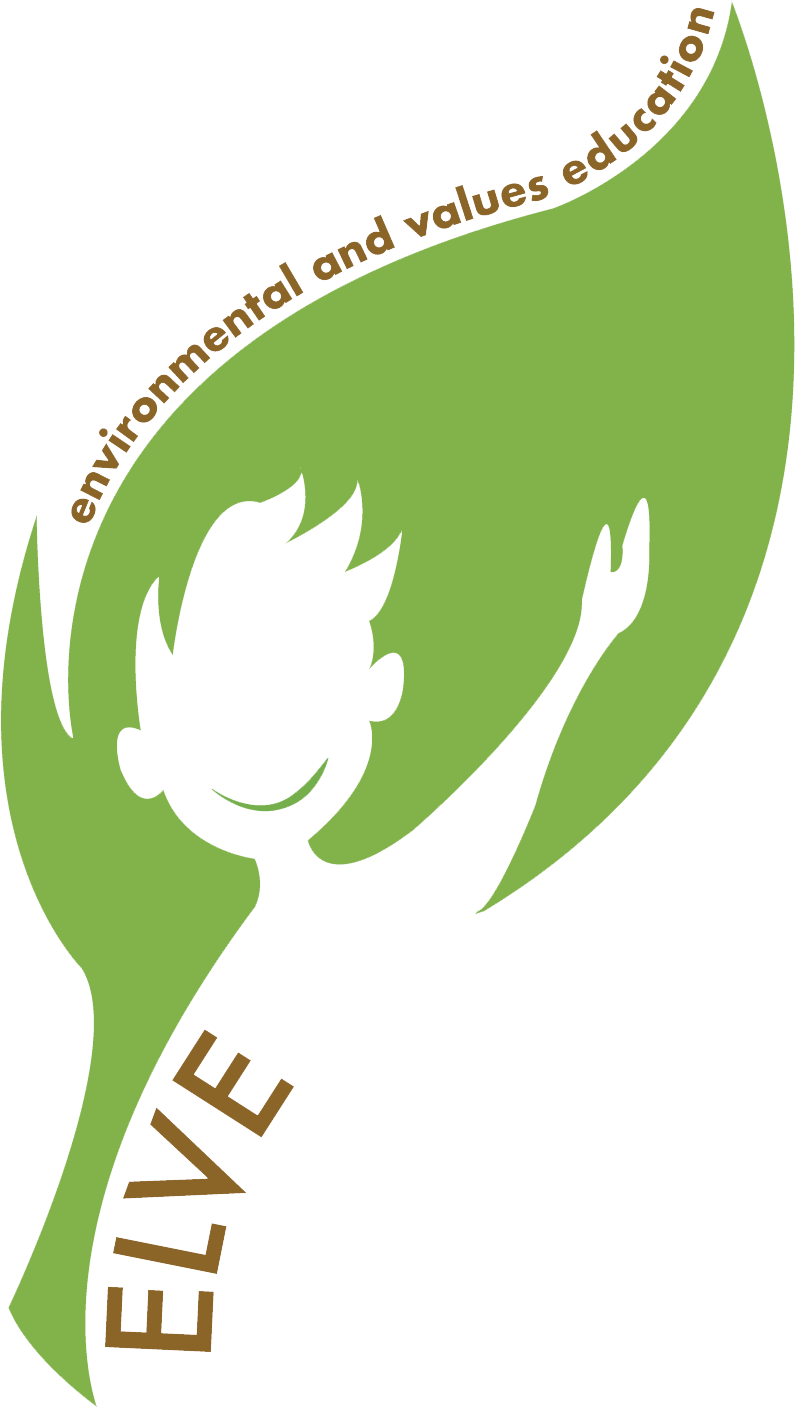We love trees
Age9-11
ValueDemocratic
LocationIndoor
Recommended group size1-5
Recommended time / Minutes30-60
| Topic | Respect |
| Overview | In this activity, children connect with trees in a way that they try to see them as friends (people). The goal is to understand and acknowledge the importance of trees in human lives and their existence in general as well as the value of the broader natural environment. |
| Learning objectives | ● Develop in children, through playful, sensorial and cognitive experiences, correct habits of respecting and protecting the natural resources ● Encourage a respectful attitude towards others (individuals, communities, nature, wider environment) |
| Skills developed | ● Explore the value of natural environment in our lives ● Identify and be able to develop a respectful attitude towards others (individuals, communities, nature, wider environment) |
| Method | Writing, storytelling dialogue and discussion, plus observation. The idea is to find a tree (whether a real one or printed images and stories of famous trees) and try to make it “alive” for the children. The facilitator can lead the steps included below or ask children (by numbering them) to read a specific number in the guidelines. The facilitator asks children to try to write stories about that tree. They ask volunteers to tell out loud a sentence from the stories they have written and make a promise related to having a respectful attitude towards nature afterwards. |
| Materials | If facilitators have a chance to take the children out, this activity can be implemented outside (in a forest or park near the school). Otherwise, the facilitators can prepare some pictures or images of trees that they can find on the Internet: try to find a tree that is “famous” in your community or region and try to tell the story of the tree. The pictures should be as detailed as possible. Pencils, sheets of paper with questions printed on them. |
| Guidelines | Here are the instructions the facilitator can print on sheets of paper and give to each child:It is recommended to read a story: The Generous Tree: https://kidsstory.org/the-generous-tree/ or watch a movie like Wall-e.1. Find your tree (if you are outside, this is then a real tree; if not, select one of the trees in the images).2. When you have chosen your tree, please follow the instructions below. You need to write a story about this tree. Take a few minutes to think and write about each step which is listed below, try to immerse yourself in what you are experiencing in each stage. You are standing before your tree (or you have your tree picture before you). Try to imagine that the tree is talking to you as a person, as a friend:3. “Hello, there!” the tree is saying to you. Try to feel my “hello” as intensely and closely as possible. Try to feel (with your body and mind) my branches, trunk and leaves. Look at me from all perspectives (from far, from near, from up, from below).4. Pay attention to how my trunk changes from my roots to the branches and into my leaves, my needles... Now, choose one branch or leaf on me and with your eyes follow the connection from the leaf to a trunk and back.5. Can you imagine how I look through all seasons? How does my inside look and feel?6. Think about what I need to survive. Imagine how I looked as a young tree and what I have been through in my entire life. Think about my history.7. Now close your eyes and think about me. How would you recognize me in a group of trees? Why am I special to you?8. Write a short story about me.9. If you are outside, take a small piece of that tree (leaf, bark, needle, cone, etc.) with you as a gift or you can just touch the tree for the last time and say “thank you” and “goodbye”. Concluding phase of the activity:10. When all children finish the activity and return, ask them to pick one sentence they liked from their story and read it aloud. Then, you can all discuss it together, e.g., if and how they can connect the experience(s) of the tree with themselves.11. Discuss why trees are important, what is their role on our planet Earth?12. Discuss how they would feel if their selected tree was cut down and that tree would not exist anymore.13. Everyone for themselves, including the facilitator, should then write down on a joint sheet of paper one “honour promise” that is connected to preserving a clean environment and they will respect it for at least a year. Display the list of all promises on a shared space, so everyone in the classroom can see it. |
| TipsAdditional materialsHow to apply online?What to do at home? | How to apply it online?Online: the facilitators can prepare some online pictures or images of trees that they can find on the Internet. Try to find a tree that is “famous” in your community or region and try to tell the story. The pictures should be as detailed as possible.What to do at home?You can tell them a story of a tree and ask them to find famous trees in other countries.Example: The oldest olive tree in the world:https://edition.cnn.com/travel/article/millenary-olive-trees-spain/index.htmlThe EU 2020 contest Tree of the year:https://www.treeoftheyear.org/Read a story: the generous tree: https://kidsstory.org/the-generous-tree/ or watch a movie like Wall-e. |
| Author | M. Begoña Arenas (ITC) adapted from material “ME AS A TREE” from the AVAL project. |
| Download | Download |
